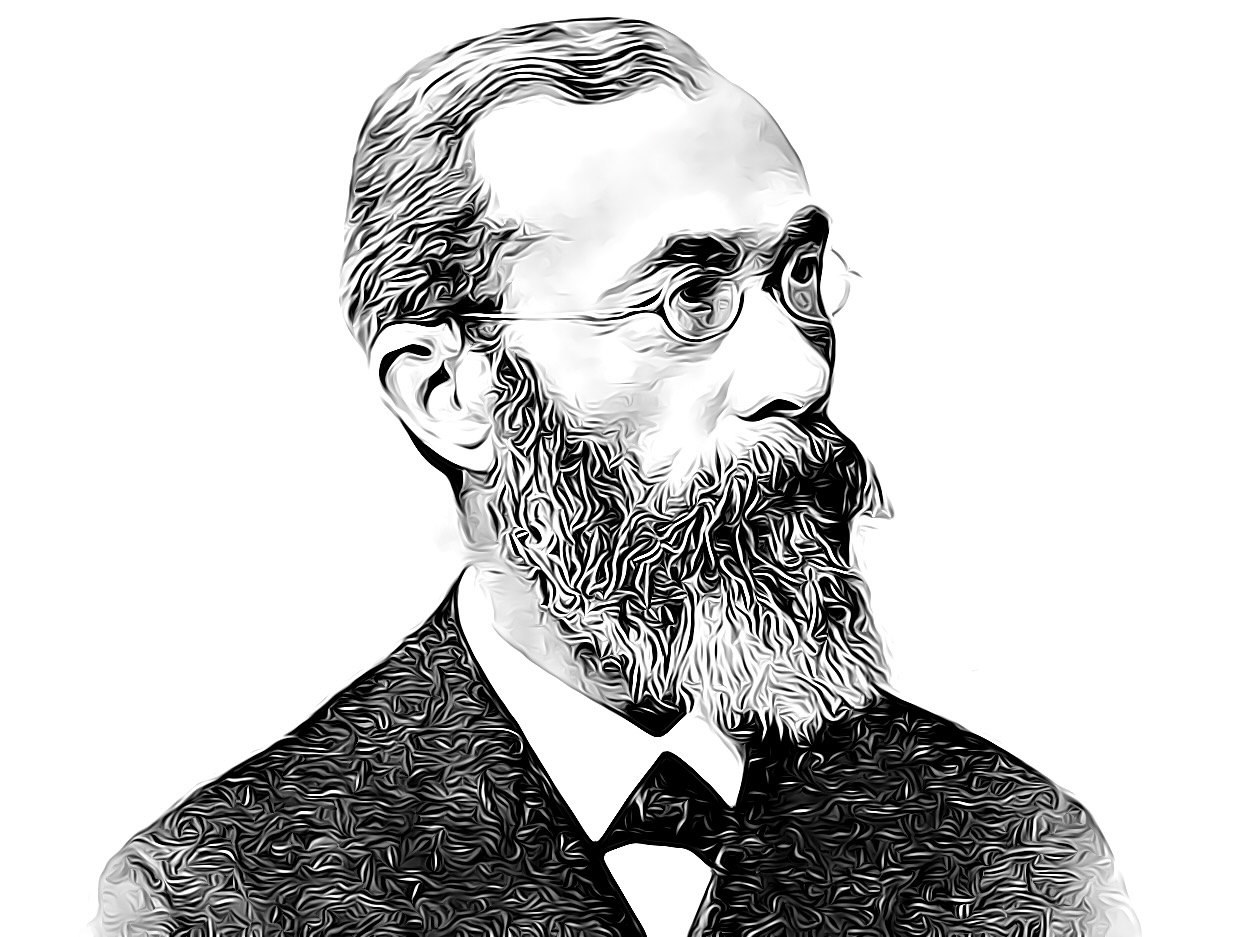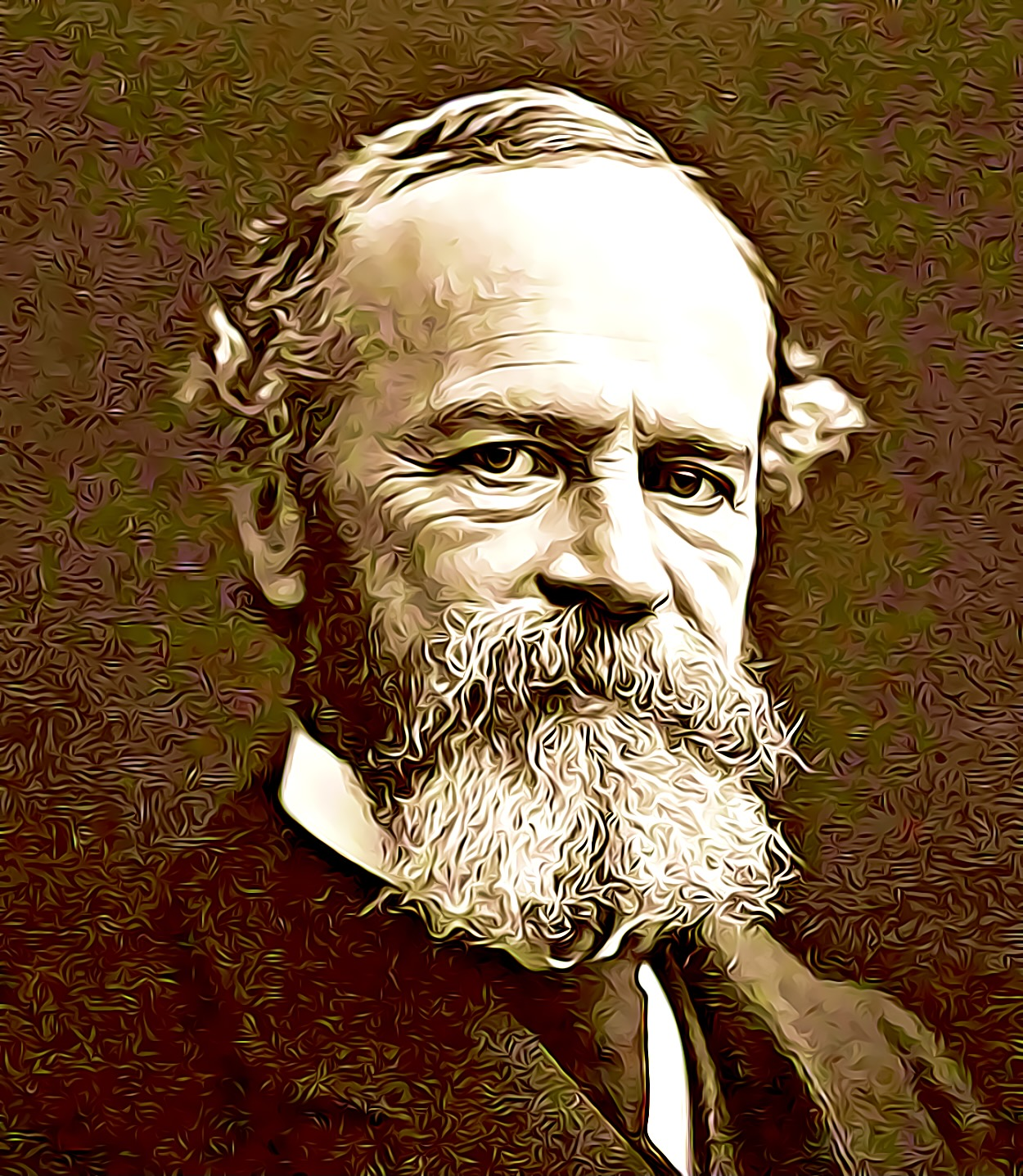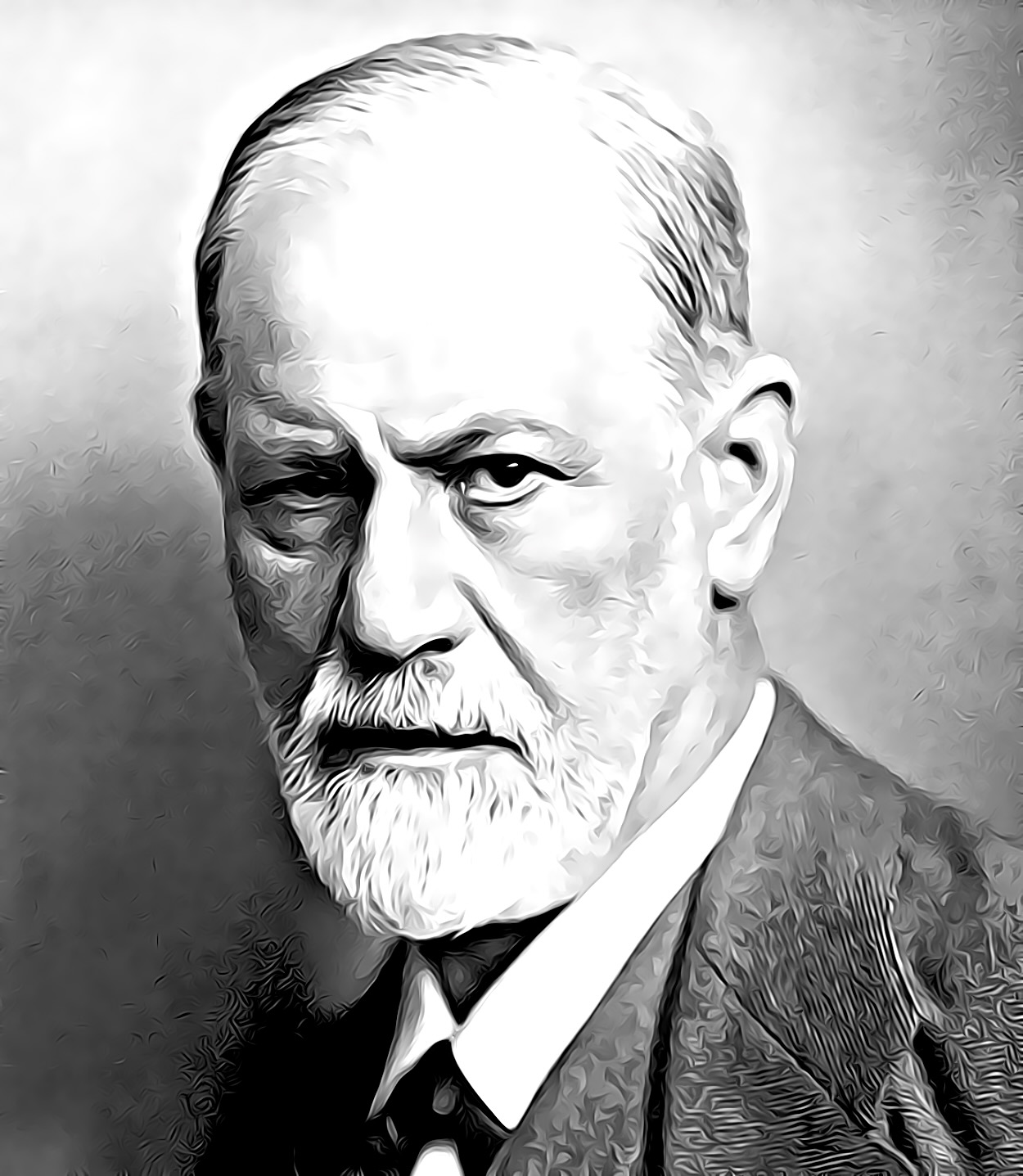PSY1010
Defining Psychology
Psychology is the study of the human mind and behavior. It examines the invisible and visible behaviors of humans. We observe things through scientific observation to reach conclusions.
As it is meant to be an objective field of study, things that are often considered to be common sense are still examined. For example: there are two common sayings, “birds of a feather flock together,” and “opposites attract.” These two sayings are contradictory, yet still both considered common sense. Through observation, however, we can draw the conclusion that the first saying holds far more validity.
Structuralism, Functionalism, & Freud
Structuralism

In 1879, German psychologist, Wilhelm Wundt, founded a laboratory in hopes of understanding behaviors and mental processes.
Wundt is considered to be the father of psychology and a structuralist. Structuralism is a form of psychology that attempts to determine the building blocks of behaviors and mental processes.
This branch of psychology is valuable as it helped develop many of the key concepts in the field, such as understanding the brain’s structure, how neurons make up the brain and nervous system, and the basic personality types.
Functionalism

A student of the aforementioned Wundt, William James was the first American to study in the field and bring it to the States as a major area of study.
Though he was a student of Wudnt, James’ beliefs varied from his a bit. He was a functionalist. Functionalism, as opposed to structuralism, looks at mental experiences more as a flow of consciousness that cannot be broken down any further.
Functionalism brought the use of animals into use in psychological studies as a means to understand behavior deeper. It also laid the bricks for educational and industrial psychology.
Sigmund Freud

Sigmund Freud made many valuable contributions to the field of psychology.
In 1873, he was treating patients for a condition that was called “hysteria” at the time. This experience pushed him to open his on practice later in 1885 where he’d treat people for nervous and brain disorders.
He developed the psychodynamic theory. This theory poses that unconscious factors have an effect on our behaviors and mental processes.
He also developed psychoanalysis, a form of therapy that attempts to unveil unconscious conflict.
Behaviorism and Gestalt
Theory of Behaviorism
This study focuses on observable behaviors in order to understand mental processes. It also observes factors such as the environment a person exists in as a means to determine the impact on the psyche.
It developed as a response to other theories that were ‘too philosophical and not scientific enough.’ Instead of relying on what psychologist ‘think’ is going on, it puts of spotlight on observing and meticulously measuring what is occurring.
Important Figures
This study was founded largely by three people: Ivan Pavlov, John Watson, and B. F. Skinner.
Ivan Pavlov
Ivan Pavlov is best known for his experiments with dogs where he would ring bells and then bring food out to the dogs to see if they would salivate in response to the bell alone, and they did. He discovered that they would as he was studying dog digestion, not psychology.
The most important contribution he made was concerning the study of different reflexes and stimuli responses.
In these experiments, he developed the concept of classical conditioning.
John Watson
John Watson was the one who coined the term ‘behaviorism’ in his 1913 paper, “Psychology as the Behaviorist Views It.” He took the work of Pavlov and applied it to psychology as a means to understand human behavior better.
Applying the ideas of stimulus-response to human learning, he reasoned that there are certain conditioned responses: responses that people learn from experience with different stimuli.
He performed an experiment called “Little Albert,” in which he attempted to condition a phobia into a child. He showed the child white fluffy animals and then banged loud objects together behind him. The child eventually became fearful of those white objects due to the anticipated noise.
B. F. Skinner
Throughout the 1950s and 1970s, he took the work of Pavlov and Watson a step further to explain human behavior.
He created the operant conditioning theory that states that rewards and punishments in response to certain behaviors can influence how people behave.
“Skinner’s views were slightly less extreme than Watson’s (1913). Skinner believed that we do have such a thing as a mind, but that it is simply more productive to study observable behavior rather than internal mental events.” from the link above

Gestalt Psychology
Gestalt psychology asserts that we need to study the thinking, learning, and perception as an entire unit, not in smaller parts. It highlights the relationships between different things as the goal is to understand how separate parts affect the whole.
The word Gestalt means “the whole form,” or the shape of something in German. This form of psychology was influenced by functionalism.
Cognitive Psychology and Humanism
Cognitive Therapy
First introduced by Ulrich Neisser, cognitive therapy runs contrary to behaviorism. This idea states that, even without any external factor, certain mental states occurred. Due to this observation, Neisser studied internal mental process, such as how we perceive, remember, think, and speak. This study focuses on individualism as differences in individual minds can influence things that occur in the mind.
Jean Piaget
An important figure in the forming of cognitive therapy, Jean Piaget helped form many theories about how cognition develops, especially in children. He performed his observations via a variety of intelligence test and interviews.
One important contribution he made was the observation of how people obtain knowledge through their experiences. Instead of passively taking it in, people put knowledge together to make sense of it. They put those experiences in categories that Piaget referred to as “schema.” With the experience they take in, the schema is either assimilated, grouped into a category, or it can be accommodated. When experience is accommodated, the schema can be changed or a new schema can be created that fits the experience.
For example, when you think of a house you probably associate it with the kind of home that you’re most familiar with. An example of this in children could be how they might develop of schema for dogs. They know it walks on four legs, has a tail, and is furry. As a result, they may at first think a tiger is a dog.
The video below was helpful for me as this was a fairly hard concept for my pea brain to grasp, but I get it now.
Theory of Cognitive Development/Behaviors
Cognitive Development
Another theory of Piaget’s is the theory of cognitive development. Simply, this theory states that children go through four stages of mental growth where they gain different means to understand the world.
Definitely not as hard to grasp as the last, but helpful little video anyway.
Cognitive Behaviors
This theory takes cognitive and behavioral traits and puts them together as a means to form a wider picture of the individual. With this theory, you can take external behaviors, environmental factors, and mental states into account when determining the cause of a person’s behavior.
This theory has helped develop many treatments for conditions like depression. In depression, the negative behaviors reinforce the actions, as do negative mindsets. Since the two issues are coinciding, it makes it more likely that an individual will stay depressed. This is why cognitive behavioral theories address both issues.
Humanistic Theory
The most recently developed theory, humanistic theory emphasizes on people and their experience and how it those experiences effect how people behave and think. It developed as opposition to other major theories, such as behaviorism, which focuses on external factors and Freud’s psychoanalytical theory that focuses on the subconscious. Humanism focuses on things that a person can directly control.
Free will, human creativity, and humans’ ability to accomplish things are the themes of this theory.
It is a therapy-centric approach with the main goal of changing people’s behaviors and lives for the better. This is accomplished through concepts like self-esteem, belonging, and psychological needs, as well as how to fulfill these things.
Carl Rogers
Rodger wrote about the differing counseling practices in the U.S. In his own practice, he developed a client-centered therapy.
Derived from humanism, client-centered therapy puts the focus on individuals and their reactions. The individual’s thoughts, feelings, and actions were taken into account just as much as observations made by the therapist.
Rogers believed that people develop their self-image based on their own self-evaluation of their thoughts and actions. He wanted to better understand this in order to better help his clients.
Abraham Maslow
Maslow observed that his patients needed a positive self-image to get better. This lead to the theory of self-actualization.
Out of this theory came Maslow’s Hierarchy of Needs—a pyramid showing the overall needs of a person.

Three Levels of Analysis
The biopsychosocial approach is a contemporary approach to psychology.
Biopsychosocial Model
This model views our behaviors as a product of biological characteristics (such as genes), psychological factors (fears, expectations, emotions, cognition, etc.), and social conditions (cultural influences, family, peers, and social support).
Often these perspectives are used separately, but that has shortcomings in that it can fail to reveal the whole picture. This is why it’s important to take all three perspectives into account in order to discover why people behave the way they do.
Biological Perspective
Another perspective that takes several different ideas into account is the biological perspective. As the word suggest, this form looks at biological factors such as internal psychical, chemical, and biological processes.
Psychologist in this field relate thinking, feeling, and perceiving as a means to differentiate psychical occurrences, such as what’s going on inside of the brain, what kind of chemicals are being sent, or what genetic codes that facilitates these things.
Psychological Perspective
This practice takes a look at internal mental and psychological processes that affect a person’s behavior instead of the psychical internal processes.
This perspective includes parts of cognitive theory, which puts an emphasis on the internal processes as opposed to external processes, and parts of psychodynamic theory, which focuses on unconscious processes.
Overall, it’s a very individual centered approach.
Sociocultural Perspective
This perspective looks at the social and cultural factors that influence people. It seeks to understand why people behave the way they do in certain social contexts, and how that contexts varies from place to place.
It also looks at things such as gender, material conditions, sexual orientation, or anything else that’s specific to a group of people.
Fundamental Attribution Error
Fundamental attribution error refers to how people tend to blame personal traits to negative occurrences. It ignores that not everything can be attributed to internal conditions.
Studies have found that this error is disproportionate in countries with a strong sense of individualism, such as the States, while the error is less frequent in countries that focus more on the collective, such as China.
Social Norms
Social norms are an important factor in the sociocultural perspective as they have a heavy influence on the behaviors of people. It also covers different social differences.
As an example, someone raised in a heavily conservative environment may be more susceptible to bigotry as it’s viewed as normal for them. Despite most people viewing that belief as wrong, a person raised in that environment may not realize that because it’s all they know.
 Knowt
Knowt